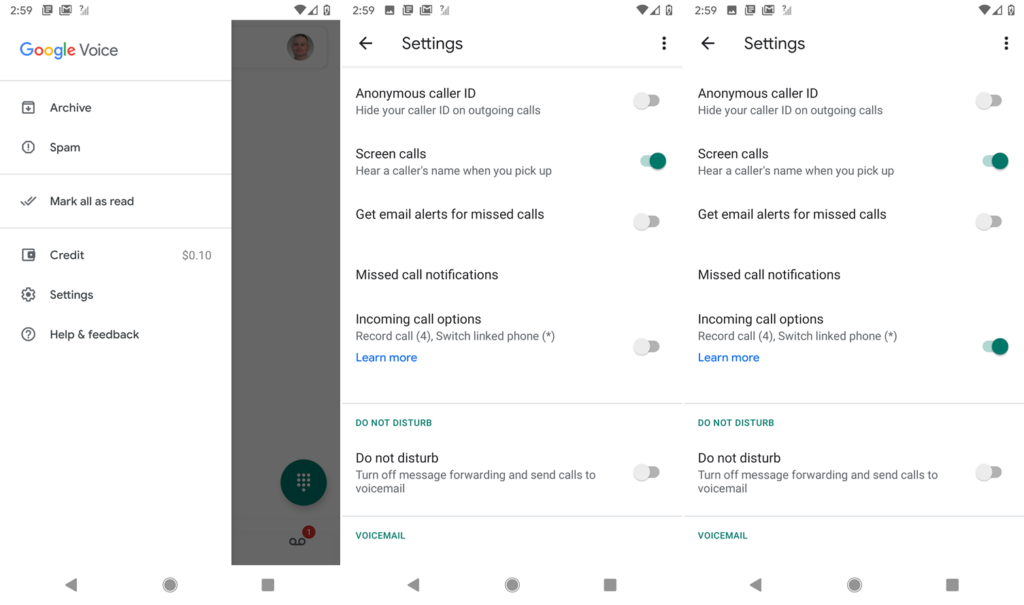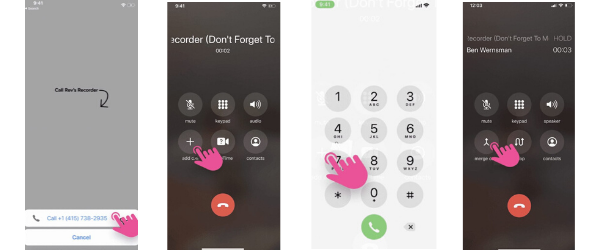Looking for an activity to keep you busy, and connect with friends and family? Consider creating an oral history via smartphone for the Stories of Colorado: Social Distancing Diaries collection. Stories of Colorado is an online collection of Colorado- related content, from individuals or institutions that do not have an online presence themselves, but have interesting and relevant pieces of Colorado history and culture to share. You can choose to create oral histories simply for your own personal archive or use, but contributing to Stories of Colorado enriches the historical record of this unprecedented time. Primary sources such as newspapers, official documents, and census data are commonly used by historians and educators to reconstruct the past. But this approach neglects the personal angle of events and the perspectives of individuals that don’t appear regularly in official documents or the media. Through oral history, we can learn about the thoughts and feelings of people that might not otherwise appear in the historical record, and provide individuals with the opportunity to tell their own story in their own words.
Equipment & Tech
There are a lot of different ways to create an audio recording, but we’re highlighting a few that allow you to observe social distancing protocols, while getting the opportunity to interact with friends and family in a meaningful way, via smartphone. If you would like to create an audio or video oral history with someone that you cohabitate with, you can refer to our Storytelling Kit documentation for instructions and suggestions for technology.
How to: Audio Recording with your Android
Limitations in Android version 10 prevent most 3rd party apps from recording phone calls. The apps may appear to be working, but when you attempt to listen back to the recording you will likely be met with silence. So, Google Voice is a viable workaround. If your Android phone has an older version of the operating system (v 9 or lower), you can try the free Automatic Call Recorder app.
Google Voice (Incoming calls only)
With Google Voice (Android, iPhone), you choose a dedicated phone number through which incoming calls are routed to your mobile phone. After you set up your phone number and your Google Voice account, and downloaded the app:
- Open the app and tap the “hamburger” menu icon (three horizontal lines in the upper-left corner).
- Tap the Settings option, and swipe down the screen and turn on the “Incoming call options” to enable call recording. Note that you can only record incoming calls.
- After you answer a call, press the number 4 on the keypad to record the conversation. A message announces that the call is being recorded, so be sure to get the other person’s permission beforehand (see below for Legal and Ethical Considerations).
- To stop the recording, press 4 on the keypad again.
- The recording is saved to your inbox, where you can listen to it or download it to your computer.

How to: Audio Recording with your iPhone
iPhone users can record calls using the free Rev Call Recorder app. It’s pretty easy, and you can record incoming or outgoing calls.
Rev Call Recorder (outgoing)
Download and install the app from the App Store.
- Open the app and press the green “Start Recorded Call” button
- Select “Outgoing Call”
- Press “Call +(415) 738-2935” to connect to Rev’s recording line
- Once connected to Rev’s recording line, press “add call”
- Dial your recipient’s phone number or select from your contacts
- After your call connects, tap press “merge the calls” to start recording

Consent & Release/Legal Ethical Considerations
Be aware that there are federal and state laws pertaining to the recording of phone calls. As a general rule, you shouldn’t run into any legal trouble if you capture both parties verbally consenting to the recording. Colorado requires that only one party consents, but you should check your state or local laws if you need further clarification. Oral history recordings can contain massive amounts of personal information. As you embark on your interviews consider whether there are any ethical or legal challenges or implications that you should anticipate, and again, make sure that your interviewee is giving informed consent to the recording of the interview. If you would like to share your interview/s with Stories of Colorado, complete the online “Stories of Colorado” Informed Consent and Copyright Permission for Oral History Interviews, Images, Newsletters, and Personal Documents.
An alternate, general, release form template can be found here:
Template – Oral History Consent and Release Form
It is also good practice to gather some basic biographical information about your interview subject. A form such as the one linked below offers a good outline of the types of information that it is helpful to collect.
Template – Oral History Information Form
Conducting the Interview
Interviewing Techniques
- Remember the interviewee is the focus
- Do not interrupt during answers. Periods of silence are okay
- Chronological questions are good, but may deviate with a flow of thought
- Actively listen and ask follow-up questions
- Ask broad questions for expanded answers
- Be open to hearing disturbing or unpleasant content
- Provide a comfortable setting to discuss sensitive topics and ease into the questions
- Ask for clarification if needed
State for the recording:
- Date
- Name of interviewer
- Name of interviewee
- Location
- Anything of special note
Have the interviewee state his/her/their own name
- Verification of his/her/their identity
- Confirm pronunciation
Sample Questions: General
As you prepare to interview your subjects, keep in mind the ultimate goal of obtaining an oral history – generations from now, what questions will people want to know the answers to? You might have specific questions that you want to ask based on your knowledge of your interviewee, but if you are looking for a place to start, we’ve created some question cards with some general questions, as well as some that are social distancing specific. There are’s also some blank cards to write in your own questions. Just print and cut the sheets into individual cards, or use as-is.
Sharing with Stories of Colorado
Content is included in the Stories of Colorado collection by submission through the Colorado State Library staff via a web form.
Steps:
- Complete the online Stories of Colorado Online Content Submission Form.
- Upload your digital content though the online form, or send via external storage device to the State Library Attn: Michael Peever
- Complete the online “Stories of Colorado” Informed Consent and Copyright Permission for Oral History Interviews, Images, Newsletters, and Personal Documents.
- Wait to hear from us regarding your form submission, your collection, and your content.
If you have any questions, or need assistance, please contact Marisa Wood, Collaborative Programming Coordinator at mwood@coloradovirtuallibrary.org
- Touring Colorado’s Collections: Pines & Plains Libraries Digital Collection - August 4, 2021
- Our New Libraries Learn Site is Here! - July 1, 2021
- Touring Colorado’s Collections: City of Thornton Archive Digital Collection - May 18, 2021